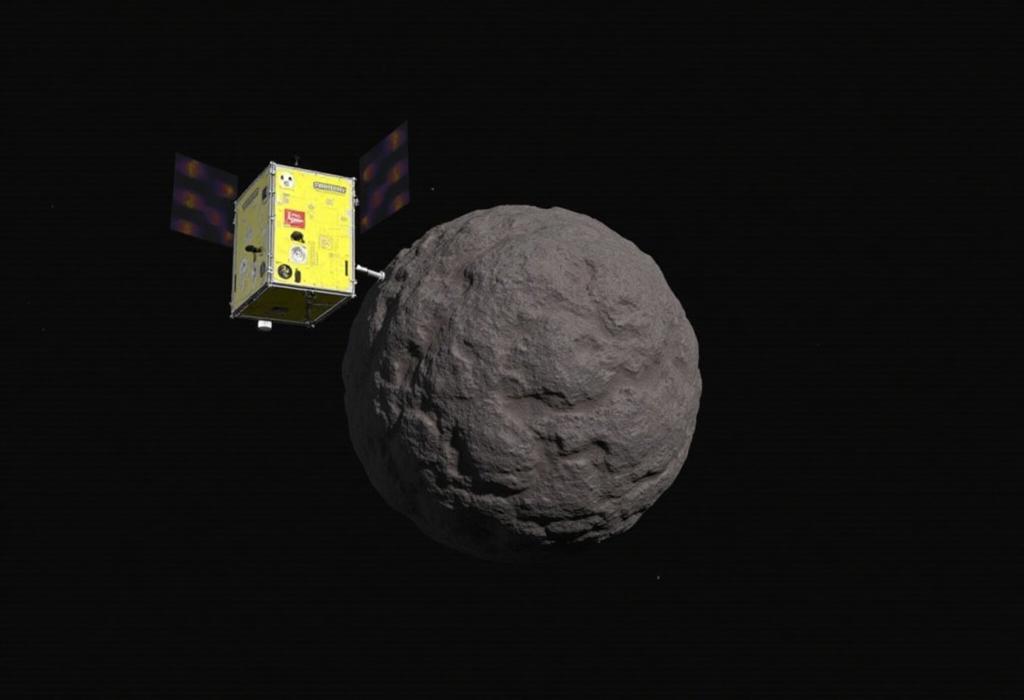NASA's Lucy spacecraft has successfully conducted a close flyby of the asteroid Donaldjohanson, returning striking images of its unique elongated shape, which scientists describe as resembling a deformed peanut. This close approach, occurring within just 600 miles of the asteroid, was executed at an impressive speed of more than 30,000 mph and marks a significant milestone in the Lucy mission's objectives. The initial images indicate that the asteroid has a complex geological structure, bearing characteristics of a contact binary—a formation created by the collision of two smaller bodies that have since melded together. The findings have drawn enthusiasm from scientists participating in the mission, with Hal Levison, the principal investigator from the Southwest Research Institute, emphasizing that the geology of Donaldjohanson could unveil important insights into the early processes that shaped our solar system.
These early images were captured in a timelapse every two seconds during the spacecraft's rapid flight, which NASA plans to analyze further in the weeks ahead for deeper understanding. The Lucy mission was launched in 2021 with the goal of studying the previously unexplored Trojan asteroids located near Jupiter, and is expected to shed light on the origins of planetary formation. The upcoming flybys, including the imminent analysis of Eurybates—a Trojan asteroid scheduled for 2027—are anticipated to provide unprecedented opportunities to learn about these celestial bodies.
Furthermore, the spacecraft is named after the 3.2 million-year-old skeletal remains of a hominin commonly referred to as 'Lucy', discovered in Ethiopia, which has been a point of connection between science and culture, as highlighted by the influence of Beatles’ lyrics carried aboard. NASA's efforts in this regard reflect an engaged narrative between scientific exploration and public involvement, although some may argue that the marketing of such missions sometimes risks overshadowing the scientific rigor involved.
The excitement surrounding these discoveries aligns with broader trends in space exploration, as public interest continues to grow. The mission's efficiency and the quality of data returned indicate that NASA is well-equipped for the challenges of future interactions with more distant celestial bodies.,
The implications of these findings are substantial as they promise to enhance our understanding of both the formation of our solar system and the evolution of planetary bodies within it. Taking into account the Lucy mission's budget of $989 million, its current findings demonstrate valuable return on investment by potentially answering foundational questions in planetary science and astrobiology.
AD
AD
AD
AD
Bias Analysis
Bias Score:
15/100
Neutral
Biased
This news has been analyzed from 12 different sources.
Bias Assessment: The article provides a balanced overview of NASA's mission with quotes from scientists that highlight the excitement and potential of the findings, without any overt negativity or undue emphasis on sensationalism. While the language is enthusiastic, it reflects the scientific community's genuine curiosity and optimism rather than bias towards any particular viewpoint or agenda.
Key Questions About This Article




